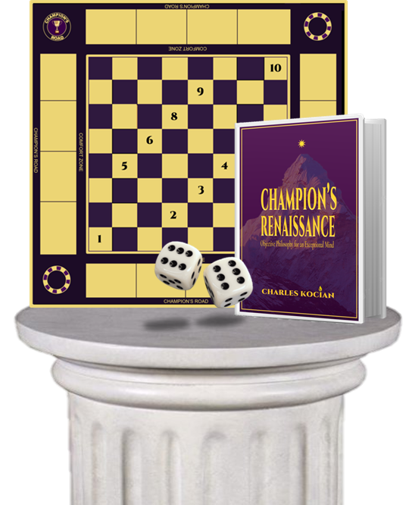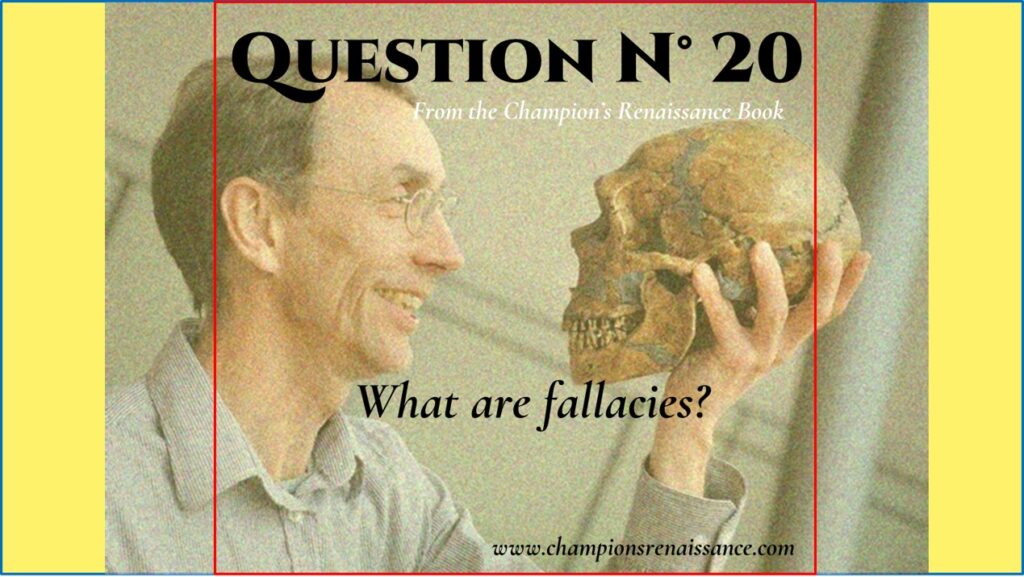
(Answer at the end).
TRUTH
By Charles Kocian
“The Nobel Assembly at Karolinska Institutet decided on October 3rd to award the 2022 Nobel Prize in Physiology or Medicine to Svante Pääbo for his discoveries concerning the genomes of extinct hominins and human evolution” the Nobel Prize institution announced. They continue saying that “Svante Pääbo accomplished something seemingly impossible: sequencing the genome of the Neanderthal, an extinct relative of present-day humans. He also made the sensational discovery of a previously unknown hominin, Denisova. Importantly, Pääbo also found that gene transfer had occurred from these now extinct hominins to Homo sapiens following the migration out of Africa around 70,000 years ago. This ancient flow of genes to present-day humans has physiological relevance today, for example affecting how our immune system reacts to infections. Pääbo’s seminal research gave rise to an entirely new scientific discipline: paleogenomics. By revealing genetic differences that distinguish all living humans from extinct hominins, his discoveries provide the basis for exploring what makes us uniquely human”.
The Nobel Prize has made a great contribution to impulse science to assure their conclusions from evidence. The scientific method has been practiced since the 17th century. It is an empirical way to know objective-truth through careful observation and scepticism.
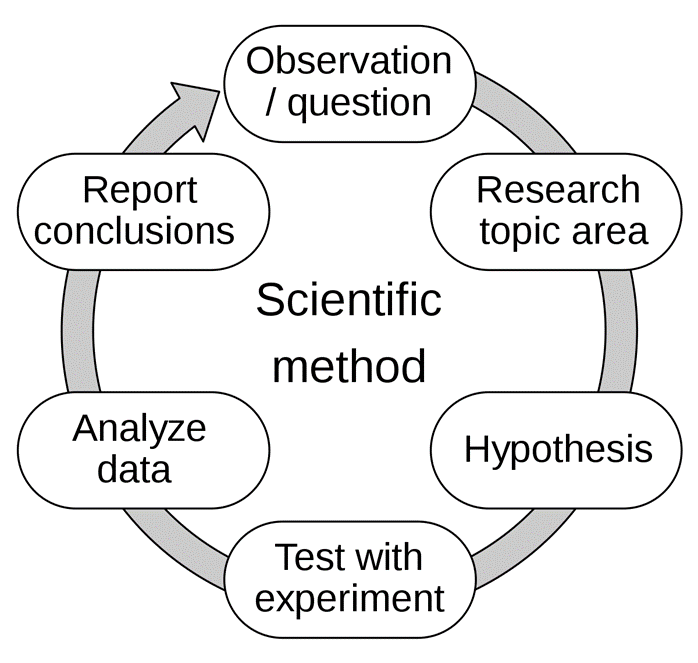
The scientific method scheme.
The pursue of objective-truth includes formulating hypotheses through induction, that is, based on experimental evidence rather than cultural beliefs, propaganda or mystical revelations. These principles of objective thinking were lost in the Dark Ages when the religious dogma governed scholar’s thoughts.
In the Renaissance of the XVI century the ancient works of Aristotle, Ptolemy and Euclid where printed and re-discovered. But three centuries earlier Albertus Magnus (1193-1250) and Thomas Aquinas (1225-1274) created a philosophical system emphasizing the use of reason to discover objective-truths in philosophy and theology. Magnus defined the difference between revealed truth from scientific truth. The first, derive from mystic or propaganda revelation; the second, from experimental observation.
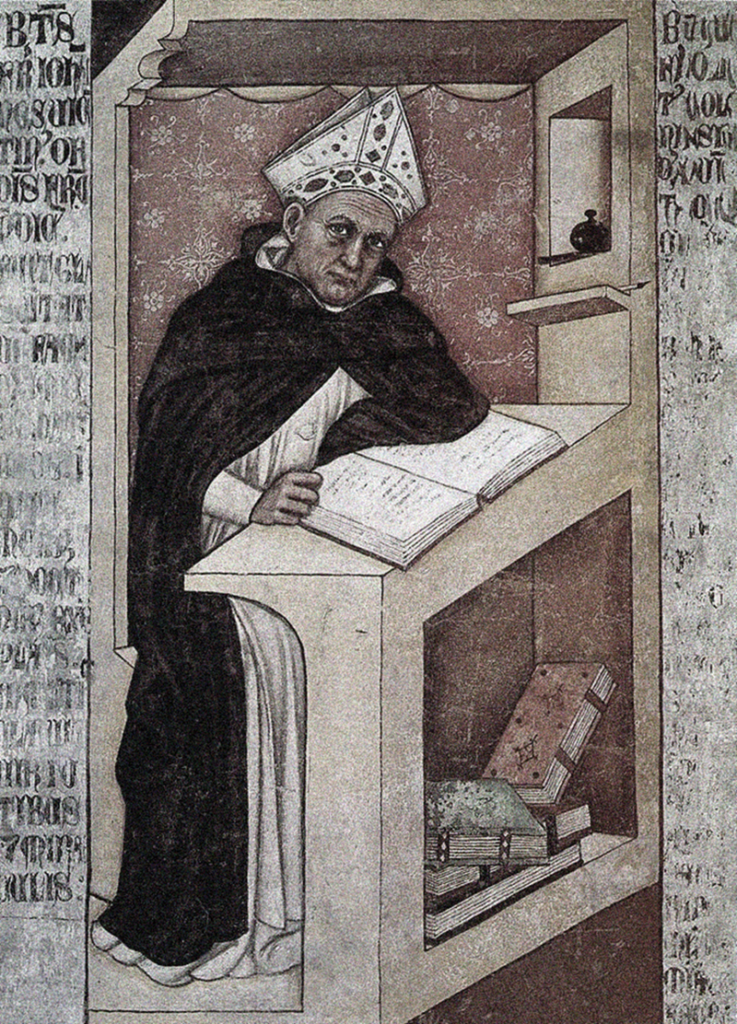
Albertus Magnus by Tommaso da Modena (1352). Fresco in the Church of San Nicolò of Treviso, Italy.
Before the Renaissance in England, Roger Bacon (c.1210-c.1293), was a Franciscan friar and philosopher who rejected to accept blindly cultural truths. During the Renaissance another Bacon, called Francis Bacon (1561-1626) was an English lawyer and philosopher who reformed the scientific thinking. He published in 1621 Novum Organum Scientiarum proposing an objective approach to scientific inquiry.
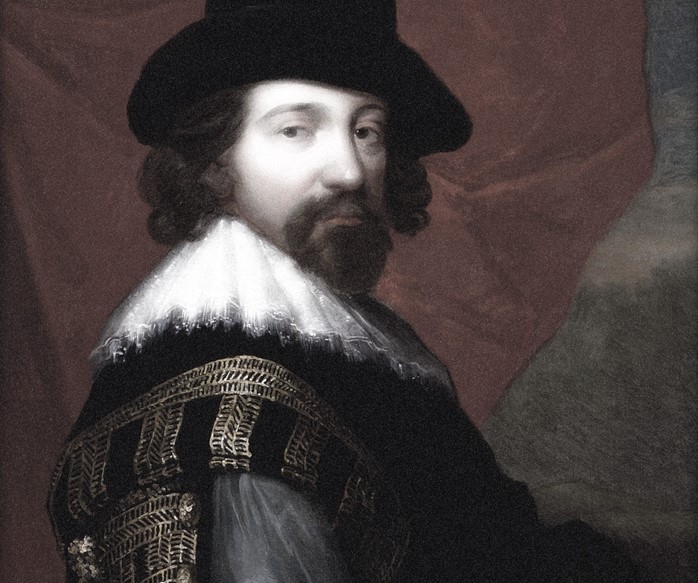
Francis Bacon.
Also known as Lord Verulam, Bacon’s contribution to the scientific method remained influential through the later development of the scientific revolution.
He puts special emphasis in the inductive reasoning as the fundamental characteristic of scientific thinking pointing that only a clear system of scientific inquiry can assure objective-truth.
Although Francis Bacon formalized the scientific method, he stood in the shoulders of Nicolaus Copernicus (1473-1543) and Galileo Galilei (1564-1642).
But the pursue of objective-truth is old as man’s survival.
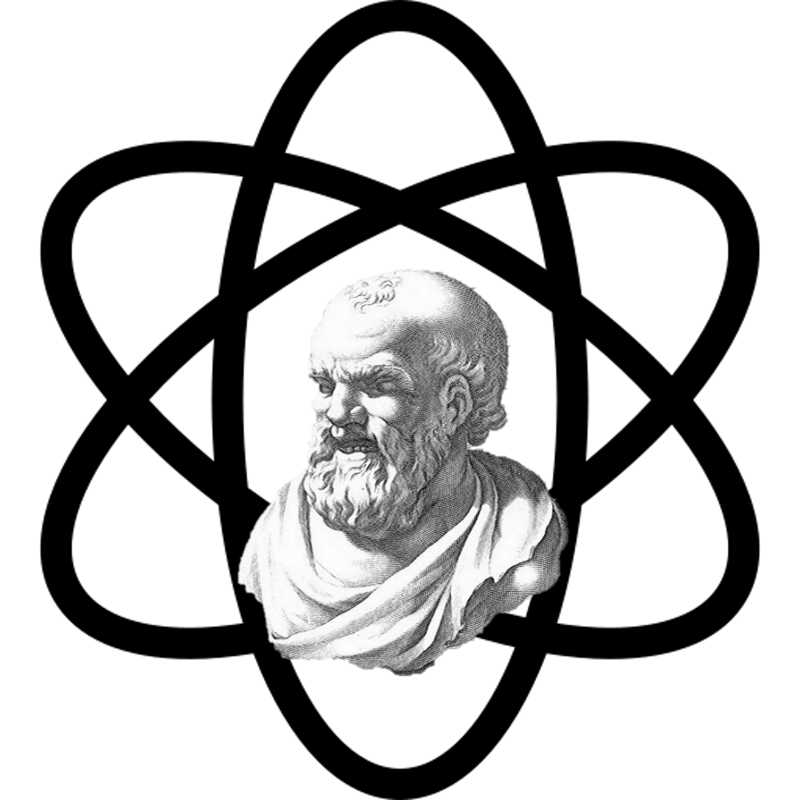
Democritus named atoms as the indivisible building blocks of matter, in 430 BC.
In ancient Greece the presocratic philosophers pursued scientific reasons to explain the natural world. Democritus is remembered for his atomic theory of the universe and, in ancient India, some schools rejected inference as a source of knowledge in favour of empiricism.
But it was Aristotle who impulsed the scientific method rejecting deduction in favour of induction and, preventing us from fallacies. In The Organon, a collection of books, in the part called On Sophistical Refutations, he prevents his students of the danger of logical fallacies.

An old example of The Organon from Aristotle.
Although after Aristotle many other fallacies has been found, he identified the first thirteen, such as Equivocation, Affirming the Consequence, False Cause and others.
It can be said that Aristotle is the founder of the scientific method and objective thinking.
So, that being said, our congratulations to Svante Pääbo for his contribution to science and our sincere respects to all the giants of history that made it possible.
CONCLUSION
Science, leads to objective-truth; fallacies and propaganda, to demagogic narratives.
Now answer to question 20.
QUESTION N° 20
What are fallacies?
a) True arguments that look false
b) False arguments that look true
The answer is: false arguments that look true.
Leave your comments here.
